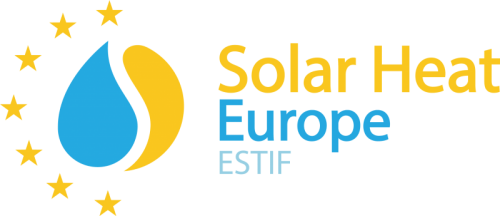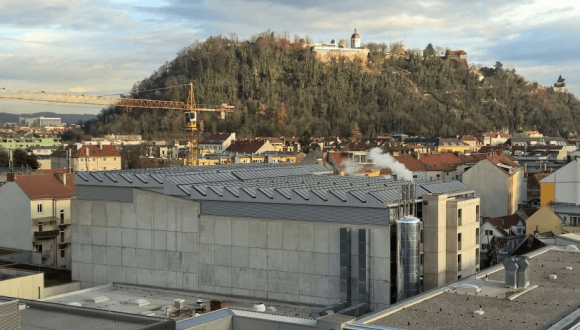Double use of solar thermal energy The solar thermal collectors were installed on an additional roof above the parking garage...

Smart Sector Integration plays an essential role in the decarbonisation process. As such, the European Commission is developing a dedicated communication in the scope of the European Green Deal implementation.
To accelerate the European decarbonisation towards carbon neutrality, this integration should involve different sectors and not be limited only to the power one. Renewable heat solutions, namely solar thermal has also an important role In this context. There are several solar thermal examples that can exemplify this role, either on the building sector, on industrial process heat or district heating one, often enhanced with thermal energy storage (TES).
Find more on the Commission website here.
The role of Solar Thermal
In the context of smart sector integration, thermal storage has a key role to play being it a technology (and policy). In large scale applications a thermal storage pit can help in coping with grid and flexibility issue on a broader level. It’s relevant the example of Denmark where solar thermal and wind productions are coupled in an optimum way through a thermal storage pit to cope with the seasonal needs and availabilities of the two renewable sources. Another interesting case is the combination with heat pumps that boost the efficiency of both the solar thermal and the heat pump systems, can alleviate the burden on the electrical network and of other renewables generation.
Digital tools and innovations
Digitalisation and the use of breakthrough technologies can also contribute to the integration of renewable energy with other sources in order to phase out fossil fuels. Smart meters and smart appliances can provide more control to citizens to manage their energy consumption, and data monitoring support to anticipate peak hours. More information also means a better understanding of energy solutions for individuals and companies looking for ways to take part in the energy transition.

Scandic Hotel Lerkendal
Energy efficient hotel in Norway The Scandic Hotel Lerkendal in Norway was built with a strong focus on environment and energy efficiency. With a total area...
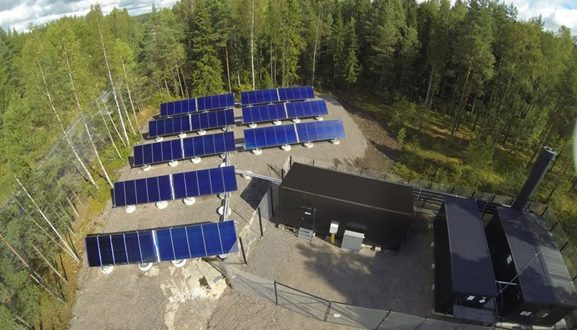
Sakarinmäki school
Energy efficient school in Finland This school in Finland’s energy consumption is supplied by 80% of renewable energy sources. The school organized workshops to...
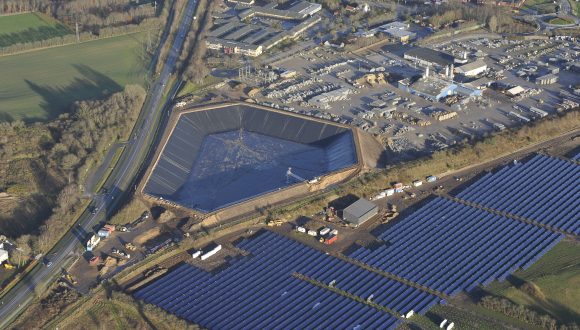
Vojens district heating
Seasonal heat storage improvements in Denmark Over the last year, Danish companies managed to improve the cost and efficiency of seasonal pit heat...
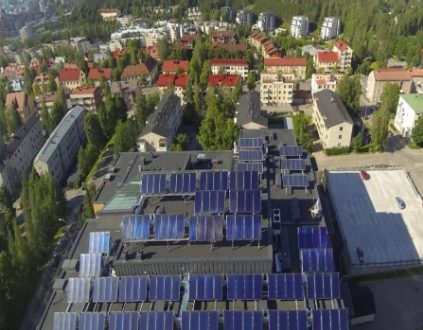
Onnelanpolku nursing home
Near zero energy nursing home in Finland The nursing home, built in 2013, is a so called near zero energy building. Onnelanpolku is...
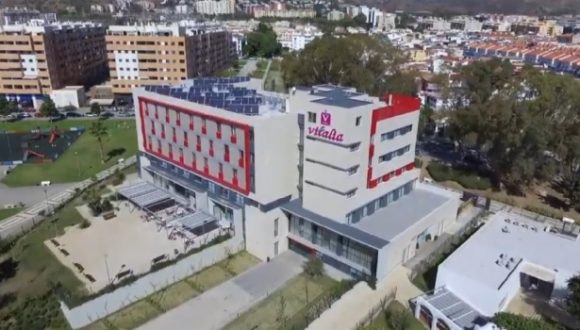
Elderly residence in Malaga
PVT system in Spain The Spanish company Abora is locally producing PVT panels in order to achieve high solar fractions by using...
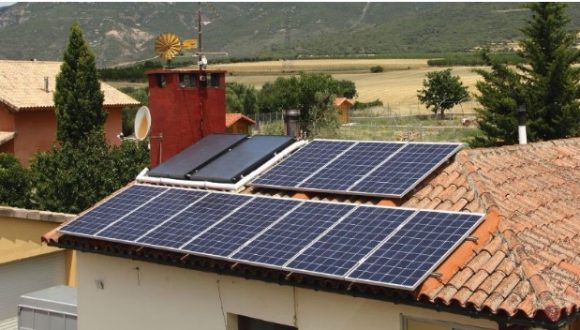
Hybrid systems in Spain
Self-sufficient energy house in La Hoya de Huesca Enedef started producing its first PVT systems Ecomesh in 2014 then Ecovolt, a non-covered unit, in 2018. Recently, the...
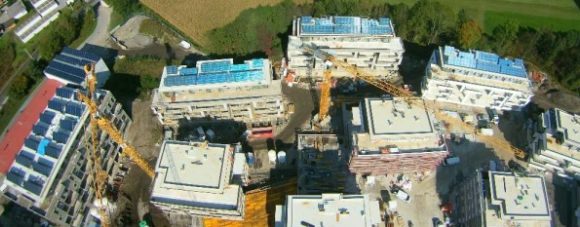
Villach city
Micro heating network in Austria The construction of a micro-grid for the heating and hot water supply of 14 houses...
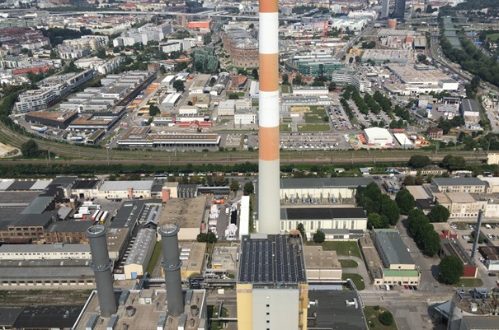
Simmering district heating
Water heating network in Vienna The main power plant in Simmering in Vienna’s 11th district is divided in two district heating production units:...

Helios project
Storage project in Graz In 2017, Energie Graz implemented the HELIOS project in cooperation with the city of Graz and Holding...
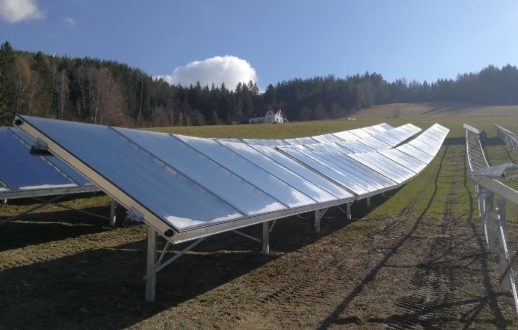
Mürzzuschlag district heating
Integration of solar thermal in district heating network The Mürzzuschlag district heating heat requirement of 25 GWh is met by three sources:...
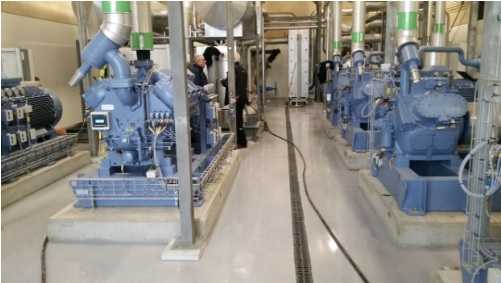
Solar district heating systems in Denmark
Large scale district heating network In 2007, the first solar heating plant was made in combination with natural gas-fired cogeneration...
- 1
- 2
